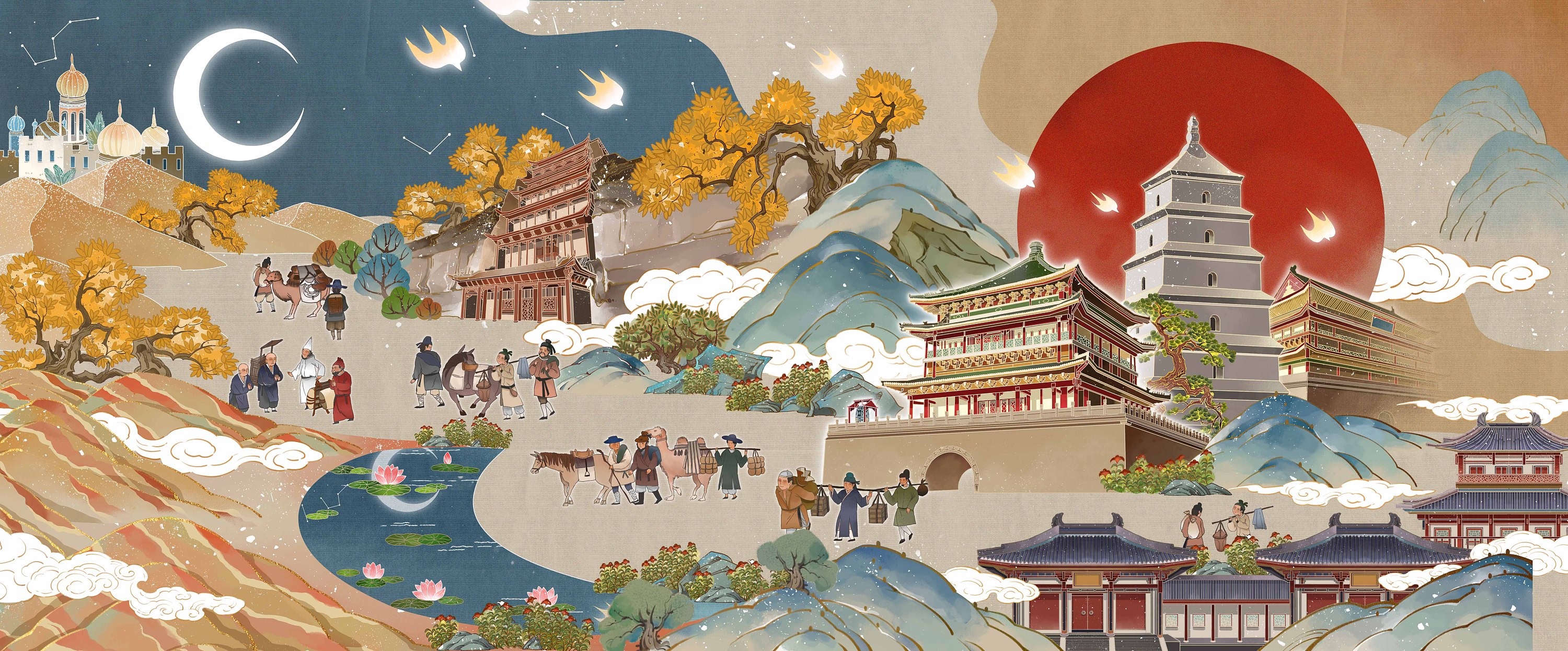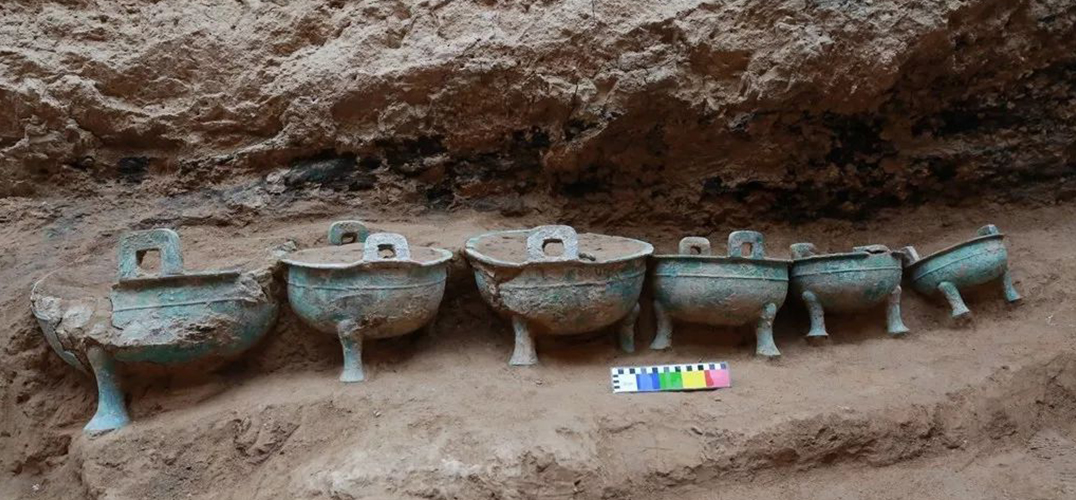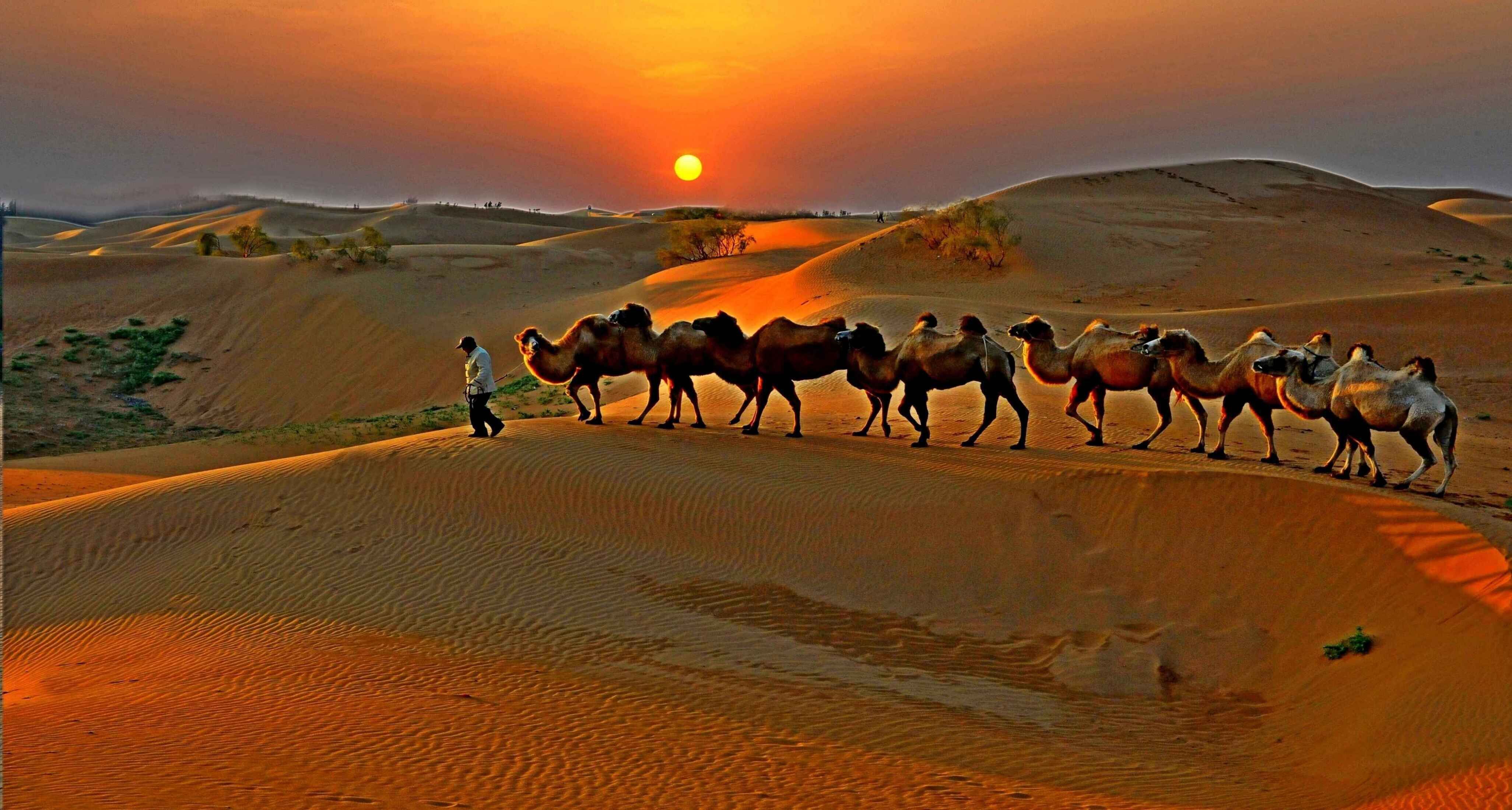The Silk Road was a vast and intricate network of trade routes that connected Eurasia and North Africa via both land and sea. Established during the Han Dynasty of China in 130 BCE, it remained active until approximately the mid-15th century CE. The name “Silk Road” derives from the lucrative trade in Chinese silk, a highly prized commodity that was a primary export along these routes.
Stretching over 6,400 kilometers (4,000 miles), the Silk Road facilitated not just the exchange of goods, such as silk, spices, precious stones, and metals, but also the flow of cultures, ideas, technologies, and religions between East and West. It linked major civilizations, including China, India, Persia, Arabia, Greece, and Rome, and served as a conduit for the spread of Buddhism, Christianity, Islam, and other cultural and intellectual traditions.
Here are some interesting facts about the Silk Road:
Historical Significance
- Oldest Trade Route: The Silk Road is considered the oldest trade route, connecting East Asia with the Mediterranean for centuries.
- Han Dynasty Initiation: The Silk Road was formally established during the Han Dynasty in 130 B.C. and remained in use until A.D. 1453 when the Ottoman Empire closed it due to a trade boycott with China.

Cultural and Commercial Exchange
- Cultural Bridge: The Silk Road did not only facilitate trade but also enabled the exchange of culture, religion, and ideas. For instance, Buddhism spread from India to China and Central Asia through this route.
- Multinational Routes: The Silk Road was not a single road but a network that spanned various regions including China, India, Persia, Arabia, Greece, and Italy, promoting diverse cultural interactions.
Economic Impact
- Trade Commodities: While silk was the most famous product traded (hence the name), the Silk Road also saw the exchange of spices, grains, fruits and vegetables, animal hides, and precious metals.
- Luxury Goods: Chinese silk was especially prized for its softness and luxury and was highly sought after by various civilizations, including the Romans, who referred to China as the “land of silk”.
Extent and Route
- Vast Network: The Silk Road stretched over 6,400 km (4,000 miles) from Xi’an in China to the Mediterranean, crossing numerous terrains like deserts and mountains.
- Caravan Tracts: The route followed the Great Wall of China, bypassed the Taklamakan Desert, climbed the Pamirs, crossed Afghanistan, and reached the Levant, from where goods were shipped across the Mediterranean.
Modern Relics and Legacy
- Archaeological Treasures: Today, the Silk Road continues to intrigue explorers and scholars who seek to uncover the historic relics and archaeological treasures along its path.
- Modern Revivals: Parts of the Silk Road still survive as paved highways, and China’s Belt and Road Initiative aims to revive and expand this ancient network to enhance global connectivity.

Influential Figures
- Zhang Qian’s Expeditions: Han Emperor Wu sent imperial envoy Zhang Qian to Central Asia in 138 B.C. His reports were instrumental in the development of the Silk Road, providing valuable insights into other cultures.
Cultural Melting Pot
- Religious Spread: The Silk Road enabled the spread of various religions such as Buddhism, Christianity, and Islam, shaping the spiritual landscape of many regions.
- Cross-Cultural Innovations: The constant exchange led to innovations and the spread of scientific knowledge, such as curative herbs and astronomical ideas.
These facts highlight the enduring legacy of the Silk Road in shaping both historical and modern global interactions. In modern times, the legacy of the Silk Road inspired initiatives such as China’s Belt and Road Initiative, aiming to revive and expand these ancient networks to boost global trade and connectivity.
